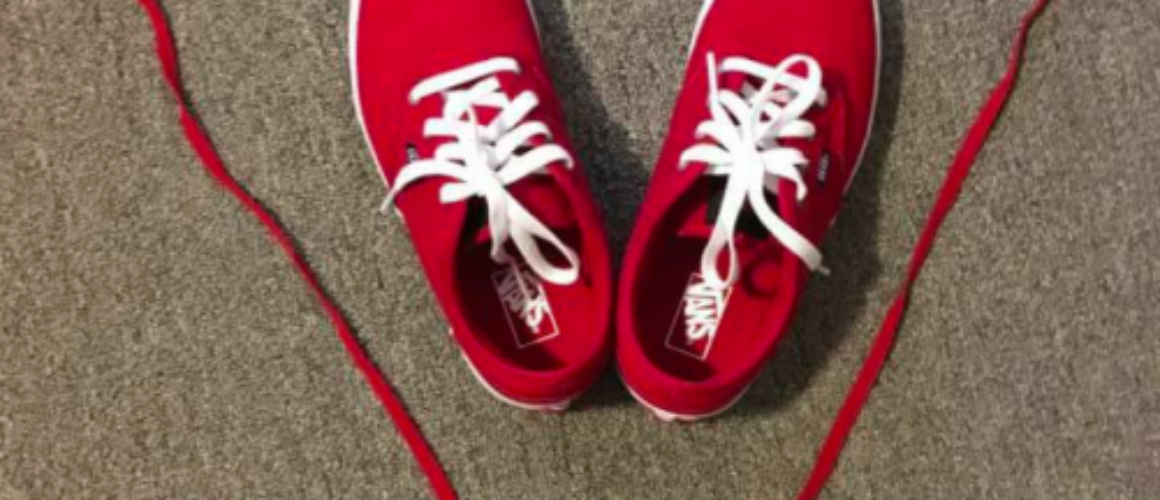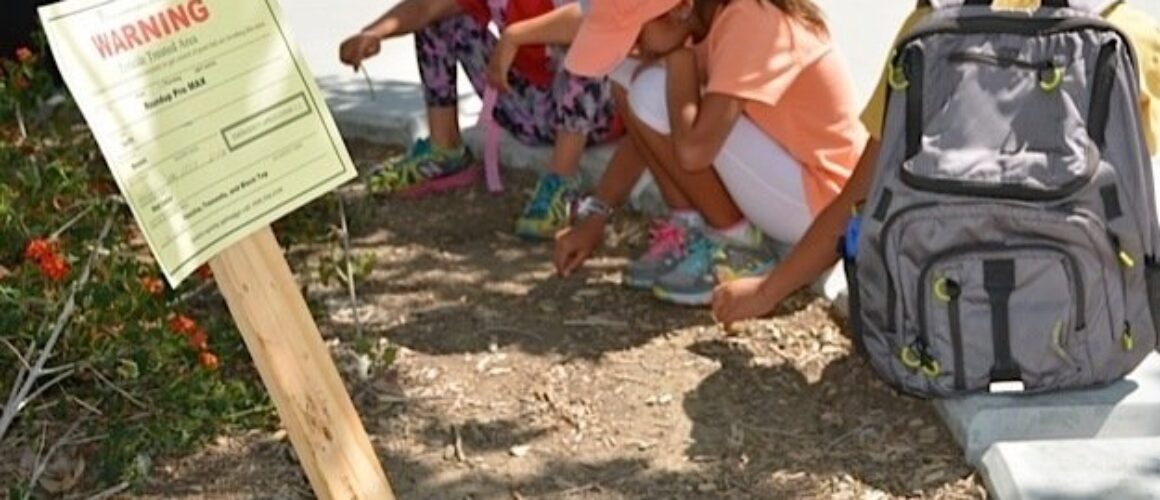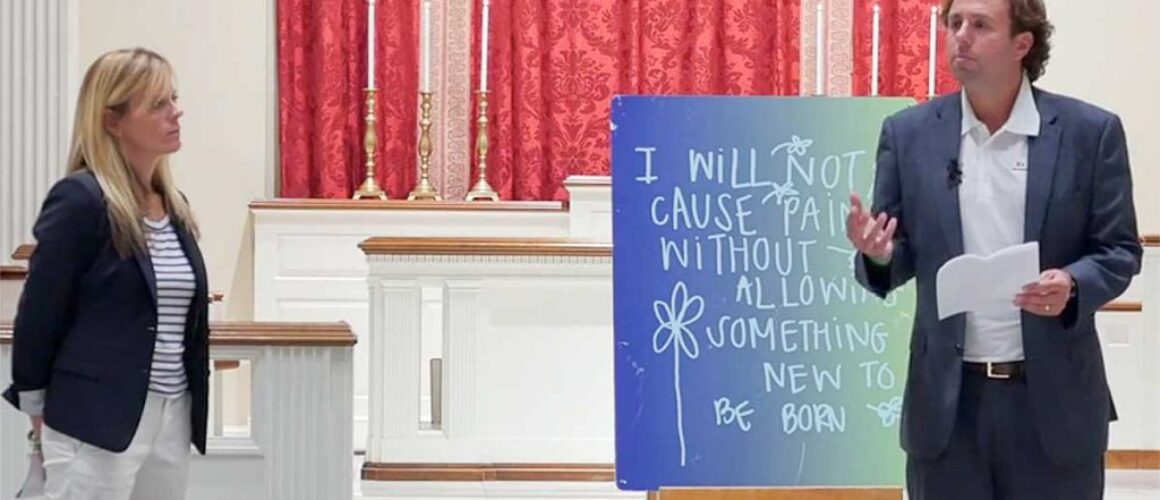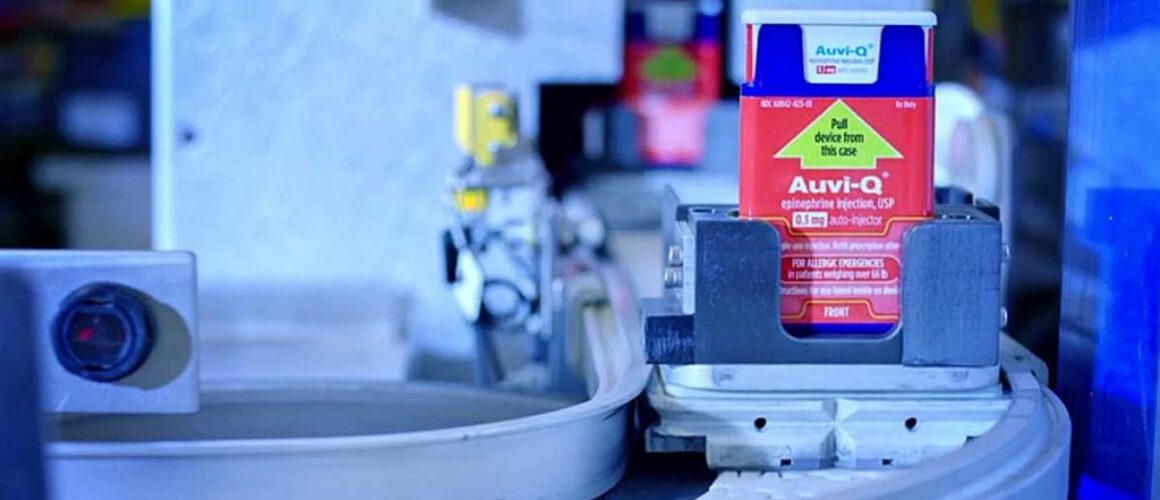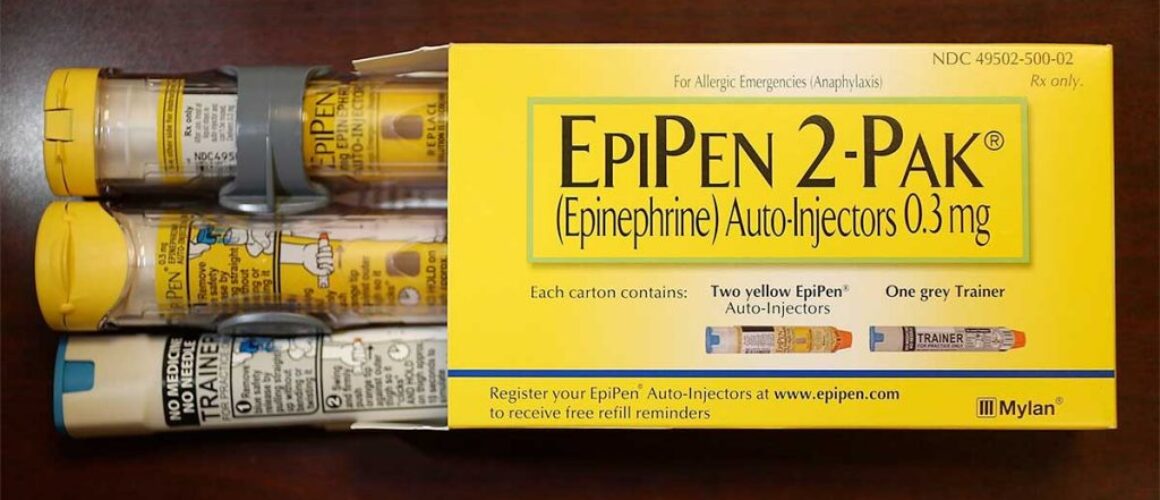In Memory of Oakley: What We Can Do Together
Today, a family in Florida gathers to honor their 11 year old son, Oakley. Friends are gathering there and around the world for the beautiful boy who loved wearing red sneakers and lost his life to a food allergic reaction.
Since his death over Thanksgiving, no one in the food allergy world can see a pair of red sneakers and not think of him. Zappos even contacted the family because there had been such a run on red sneakers on their site.
In private chat groups and conversations, many of us have gathered over the last few weeks to discuss what we need to do to bring this issue to light. How can we protect our children? How can we stop this epidemic and find a cure?
What can we do to help raise awareness? To go beyond the bubble that is social media?
- Host an event at your school and invite your allergist to attend and speak with you.
- Meet with your local representatives, educate them on the numbers and how many children this now impacts
- Listen—to what the constraints are in your school, your church, your community—so that you can address them.
- Find a friend to do this with—none of us have to go through this alone—we need each other as supportive scaffolding as we work to build an environment that is safe for all children.
- #livelikeoak and learn more at the Red Sneaker Foundation.
Today, 1 in 13 American kids have a food allergy, 2 kids in every classroom. A life threatening allergic reaction sends someone to the ER once every three minutes. This is not a fad, it is a life-threatening condition changing the lives of families everywhere.
One of the most important issues to come out of these discussions has been around the use of epinephrine. I reached out to Sarah Romano, a friend who is an MD and also a mother of four to get her thoughts. I have an enormous amount of respect for her.
My friend, Dr Sarah Romano, also known as the Allergist Mom, shares what else we can do below:
As an allergist, I personally carry some of the pain and responsibility for each and every person who dies from anaphylaxis. Have we done enough? Have we educated the patients and their families enough? Do we make it clear that each reaction has the potential to be serious regardless of what previous reactions have looked like? Have we impressed upon each and every patient and parent the importance of always having swift and easy access to injectable epinephrine? Do they truly understand the critical need for early administration of injectable epinephrine during a severe allergic reaction (anaphylaxis)?
Both delayed administration of injectable epinephrine and having asthma are important risk factors for death from anaphylaxis. Allergists know this. Our patients must know this too. Our families must know this. Our school and camps must know. First responders must know. We also all need to know that we do not need to fear giving injectable epinephrine. We need to understand how effective injectable epinephrine is in slowing or stopping an allergic reaction. We need to understand that we must seek medical care for a severe allergic reaction. We need to know that we will never see a needle, that it doesn’t hurt that much, that after getting epinephrine patients most often feel some immediate relief from their symptoms.
I consider this education my personal responsibility and I will continue to spread this education as often as I can. We cannot stand to lose another little guy at Thanksgiving, another innocent darling around a campfire or at a birthday party. We all need to understand that this disease isn’t messing around. All of us, from the patients to the parents to the schools to the food industry to the first responders and EMTs to the physicians. We are in this together.
To better understand anaphylaxis, please read:
http://theallergistmom.com/2016/01/12/the-science-of-anaphylaxis-an-allergic-storm/
Sarah Boudreau-Romano, MD theallergistmom.com
